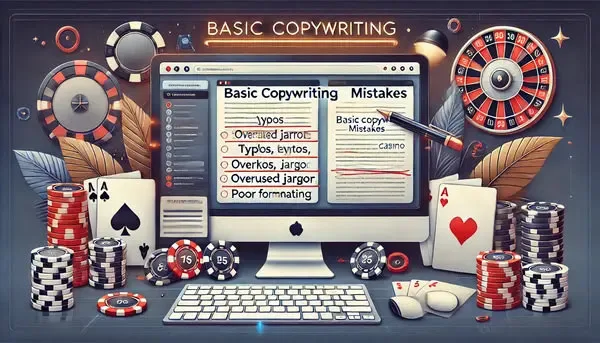
Crafting Captivating Product Descriptions: A Comprehensive Guide
In today’s digital landscape, product descriptions play a pivotal role in guiding consumer decisions. A well-crafted description doesn’t just inform; it entices, persuades, and ultimately converts prospects into customers. However, creating a compelling product description is both an art and a science.
This guide delves into the nuances of product description writing, offering actionable insights to ensure your descriptions not only capture the essence of your products but also resonate with your target audience.
The Fundamentals of Effective Product Descriptions
A successful product description transcends mere facts and features. It tells a story, aligning the product with the aspirations, needs, and desires of potential buyers. To start, always highlight the primary benefits of the product. While technical specifications are essential, consumers often prioritize the tangible benefits they’ll gain from the product.
Moreover, it’s crucial to understand your audience. Tailoring your product description to resonate with your target demographic increases the likelihood of engagement and conversion. This includes understanding their pain points, aspirations, and even the language they use.
Injecting Personality and Brand Voice
Choosing the Right Tone
Consistency is key in branding. Your product descriptions should echo your brand’s voice. Whether you’ve established a professional, whimsical, or conversational tone, ensure your descriptions align with this established identity. By doing so, you further reinforce brand recall and loyalty among your consumers.
Incorporating Storytelling Elements
Stories are innately captivating. Weave a narrative around your product, focusing on scenarios where it might be used, or problems it can solve. These relatable tales can evoke emotions, further driving consumer interest and engagement.
Technical Precision Meets Creativity
While creativity is vital, accuracy in product descriptions is non-negotiable. Ensure that all technical specifications, dimensions, and features are accurately represented. Misleading descriptions can lead to returns, negative reviews, and diminished trust in your brand.
Additionally, incorporate SEO-friendly terms naturally. While it’s important to rank on search engines, avoid stuffing descriptions with keywords. Strive for a balanced blend of creativity and technical accuracy.
Always encourage feedback. User-generated content, like reviews or questions, can provide insights into areas of improvement. These first-hand accounts can also be leveraged as testimonials, further amplifying the product’s appeal.

Utilizing Multimedia and Formatting
Written content is just one facet of product descriptions. Incorporate high-quality images, videos, or interactive elements to provide a holistic view of the product. Visual aids not only enhance understanding but can also highlight product features that may be challenging to describe textually.
Furthermore, leverage formatting tools. Bullet points, headers, and bolded text can break up dense content, ensuring consumers can quickly scan and glean the essential information.
Conclusion: The Power of Persuasive Descriptions
A product description can be the difference between a passing glance and a confirmed purchase. By understanding your audience, integrating your brand voice, maintaining accuracy, and effectively using multimedia, you can craft descriptions that captivate and convert.
Remember, in a sea of similar products, a well-articulated product description can set you apart, driving both engagement and sales.




